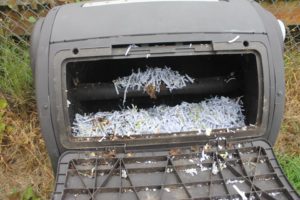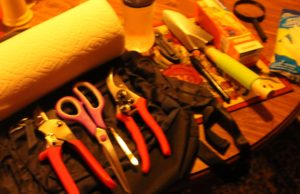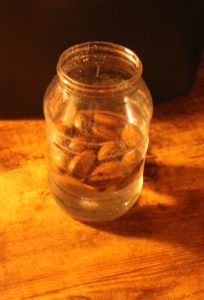A while back I was fortunate enough to be able to take a course in Herbal applications. During the class one of the formulas which the instructor provided was for a natural homemade fungicide. Many people would prefer not to use any of the commercial chemical-based fungicides on the market today. This solution to the common garden fungal diseases is simple and above all inexpensive. This easy to make homemade product will work well for your cucurbits you have planted such as cucumbers, squash, pumpkins, and watermelon. These plants are usually prone to a fungal disease known as powdery mildew.
It can effectively be employed for treating any other types of fungus issues that you may encounter in your garden. If you grow roses you will find this formula especially useful to control the black spot fungus which so often effects rose bushes.
For those who are not familiar with Powdery mildew, you can readily recognizable as seen in the enclosed photo. If this fungus remains unchecked, it frequently looks as if someone has shaken a container of flour on the leaves of your plant. This disease is not restricted to the cucurbits only but is capable of attacking other garden plants as well, such as apples, bee balm, grapes, phlox, and roses.
The following basic recipe will allow you to make an inexpensive remedy to fight this disease immediately and the best part of all is it does not harm your plants or the environment.
Ingredients
4 teaspoons of baking soda
1 teaspoon of Dawn or Ivory dish soap
1 gallon of water
Mix all the ingredients together and shake the gallon container well. Nothing more is required of you other than to spray your plants. Spray the leaves of the plant evenly and completely until you can see the liquid dripping off of the leaves. Spray both the top and bottom of the leaves, especially any new ones even if they are not affected by the disease.




